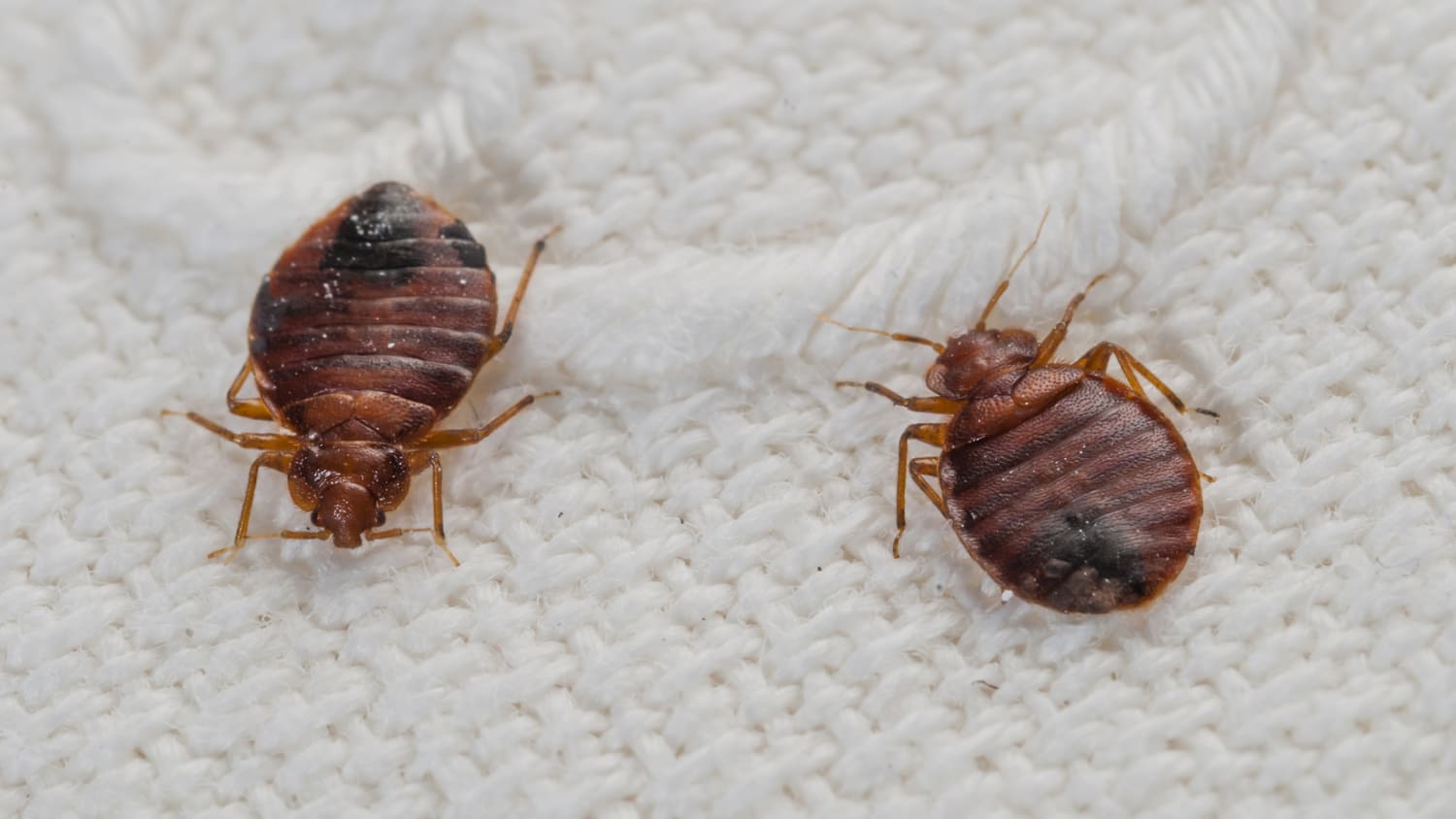June 14, 2019
3 Stages of Pest Control

No one wants to have pests in their home. There’s no worse feeling than seeing something moving in the corner of your eye and realizing that it’s a bug or a spider. But while you may not be thrilled to have pests in your home, that’s no reason to jump straight to toxic pest control measures. Don’t panic. Take a couple of deep breaths.
Identify
Whether you’re considering spider pest control or any of a host of insects, the first step is identification. For that, you will have to look at the pest in question. Try trapping a specimen under a glass. Sometimes taking a snapshot will do. Do internet research, paying attention to any markings and being aware that juveniles and females may have different identifying features.
Investigate
Getting rid of household pests isn’t just a matter of finding them and squishing them, there’s a certain amount of research required. What you think of as a pest might not be a pest at all. It may be completely harmless, or even beneficial to your home. You may not like spiders, but they’re a natural way to control many other pests. Additionally, you may discover that traps won’t address the root problem that drew pests to you in the first place.
Eliminate
If you have a dangerous or pervasive pest problem, to the point that it’s becoming a severe inconvenience or even a hazard, it’s time to talk about eliminating that problem. It’s tempting to try DIY home remedies at first, and sometimes they are effective, but there will be times when they won’t be enough. Even store bought pesticides might not do the trick, or they might be more of a nuisance than the pests themselves. But if your pest problem is serious or doesn’t respond to home-grown or store-bought means of pest removal, it’s time to consult a professional in pest control.…
Potential Sewer Problems You Could Face at Home

There are several signs that you may have sewer problems at your home. The most obvious is a strong sewage odor near a drain or outside. You may also notice that water is draining more slowly than it should in several areas of your home. There are several potential causes of sewer issues.
Old Pipes
If your house was built any time between the late 1970s and the mid-1990s, you may still have polybutylene pipes. These pipes are light and inexpensive to install, but the chemicals in treated water tend to cause them to deteriorate. This can result in pinhole leaks in your plumbing system. While spot repairs may be possible, it is worth it to get an estimate of how much it would cost to replace them altogether.
Root Invasion
If you have older trees in your hard, the roots may have grown into your sewer lines. This can cause the pipes to break and leak, resulting in the aforementioned malodorous effect. A smoke pump tester can be used to identify the precise location of the leak. In addition to repairing the affected pipes, you may consider using a root kill treatment on your plumbing to discourage future growth.
Clogged Lines
Sometimes, sewer lines just get clogged. Hair and other items get trapped in the line, keeping anything else from getting through. If you just have one sink that is draining slowly, the clog is likely close to that drain and can be loosened with a drain snake. If you notice signs of a backup in several places at the same time, it is likely that one of the main sewer lines is clogged. You can try an enzyme treatment, and if that doesn’t work, call a plumber to assess and resolve the issue.
A sewer problem can have unpleasant side effects and if neglected can grow into a bigger problem. Protect your home by addressing sewer issues as soon as you notice them.…
